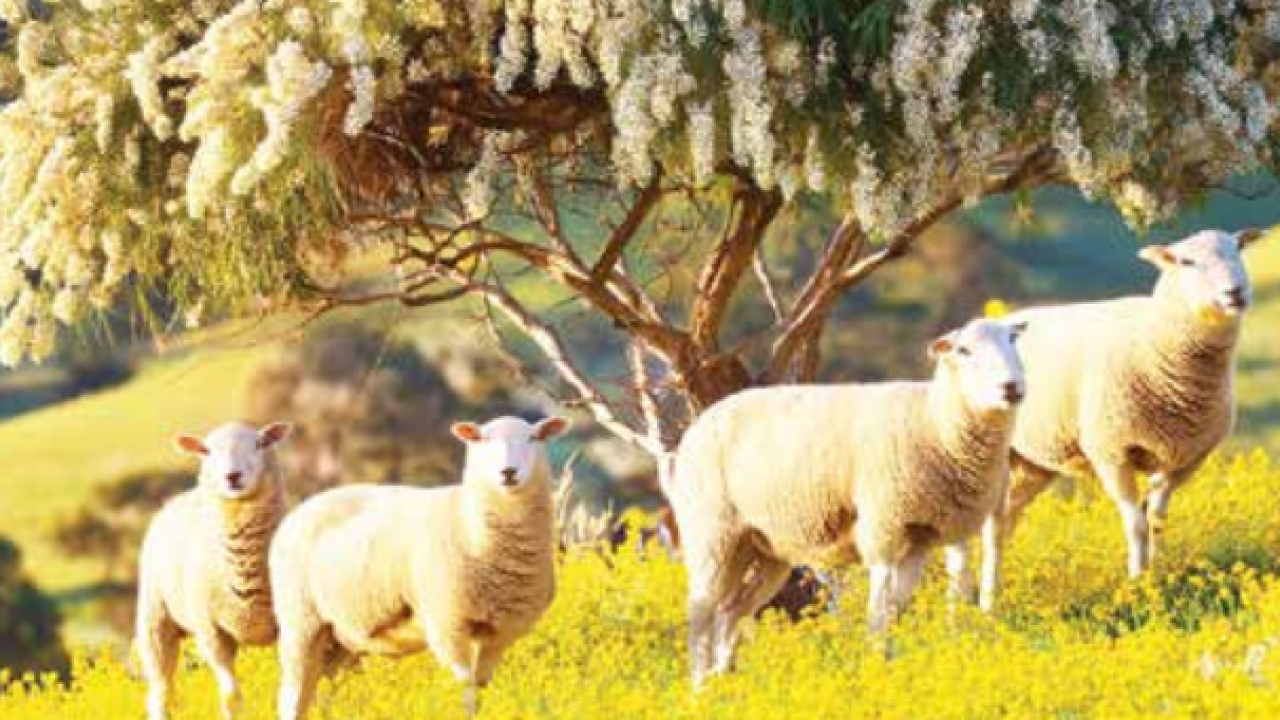Firm prices see quality squeeze

MORE rain in many parts of the state plus a few indications that spring is very close.
I see plenty of wattle blossom, almond trees in half to full blossom and the bees are starting to work, I believe these are the signs.
Most saleyard prices have held at least firm during the week as the supply of well finished lambs and trade cattle show signs of tightening which in turn means that processors need to use some secondary stock to maintain their kill.
In the case of cattle, the record beef prices in the US for 90CL grinding beef is meaning that some of these secondary types can be used in this market to add to the cow beef that makes up most of this trade.
Beef exports for July hit an all time high with 129,998 tonnes exported which is 5% higher than the previous record set in March 2015.
This figure is a massive 34% higher than July last year and up 22% on June.
Exports to the US were up 61% year-on-year and they are taking 30% of our total beef exports.
Japan came in second and the volume was up 48% on last year and in third place is South Korea where the volume was up 20% year-on-year.
China remains the world’s largest beef importer with the South American counties being a dominant player with 70% of all South American beef going into China.
MLA’s global analyst, Tim Jackson points out that if the Chinese economy continues to struggle then the pressure will come on the other world markets to take the excess particularly out of Brazil and Argentina.
Although this good news doesn’t relay directly to our current cattle prices it must surely put some confidence into the job going forward.
There were about 1,000 cows yarded at Mortlake (Western Victoria) on Monday with most selling from 288c to 355c to average 344c/kg liveweight with a lot realising $1,800 to $2,000/head.
Further North at Wagga most heavy cows made 305c to 336c/ kg. At the close of selling on Monday the Victorian cow indicator sat at 302c while NSW was 282c and Queensland 262c/kg.
Some of this price difference is related to quality but also to freight costs out of Queensland. Interesting to note that Midfield Meats (Southwest Victoria) have been buying cows out of Roma (Queensland) and my spies tell me that the freight cost is around $250/head for the 1,760 km trip from Roma to Warrnambool.
In general terms there appears to be a shortage of processing cows looming in Eastern Australia which will obviously put some pressure on prices. Watch this space on this one.

Add new comment